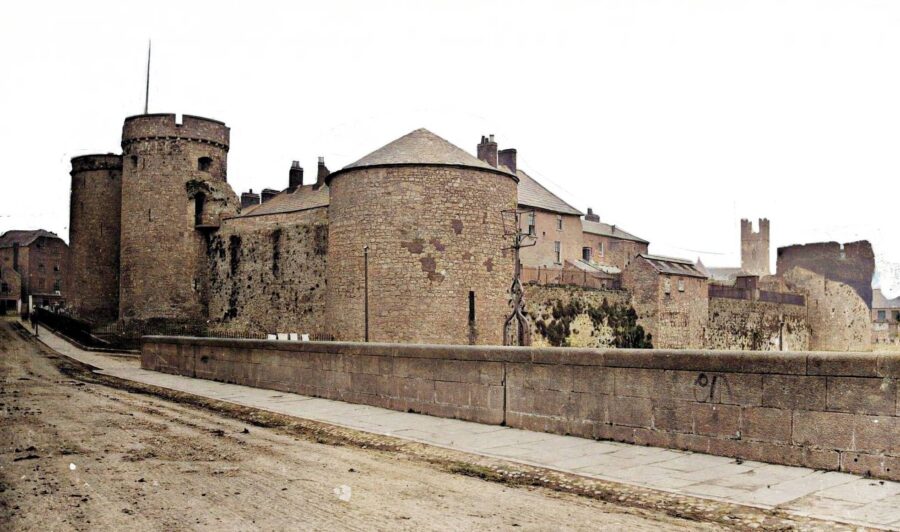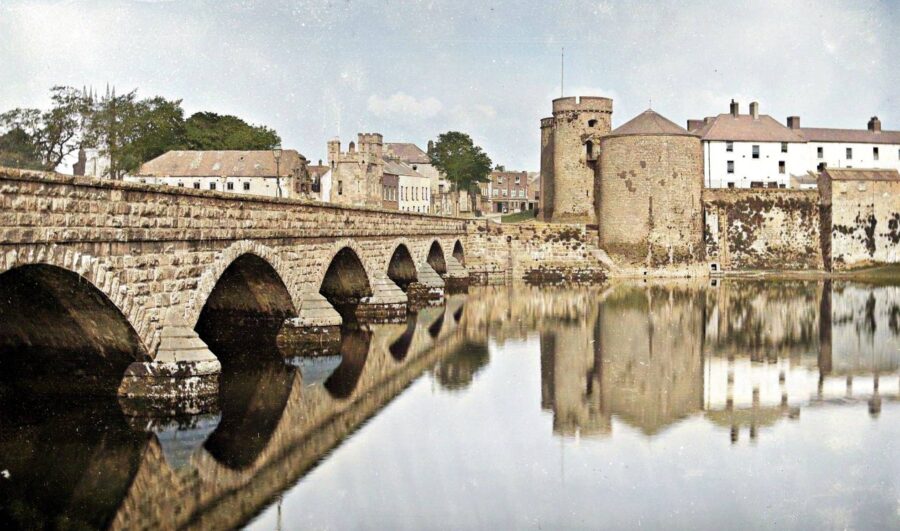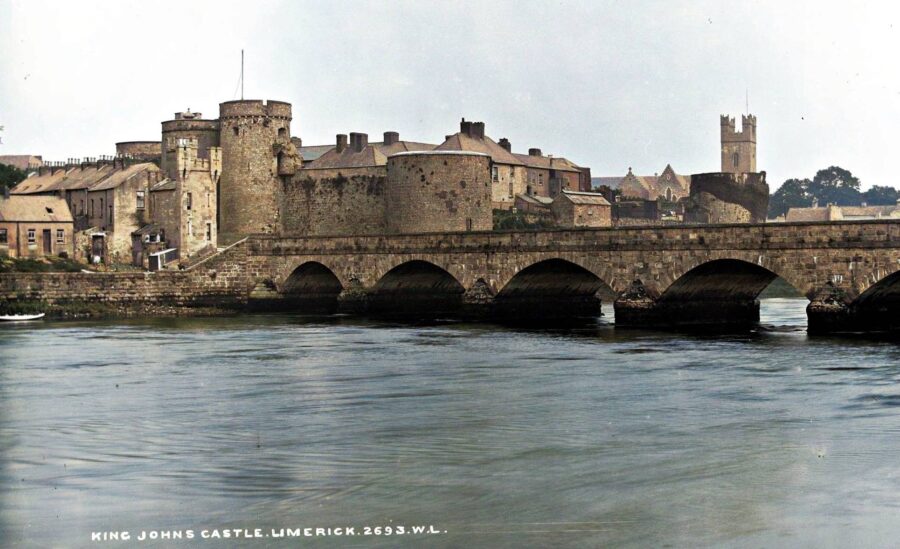King John's Castle, Limerick, Ireland: A Comprehensive History
King John's Castle, Limerick, Ireland: A Comprehensive History
King John’s Castle, located on the banks of the River Shannon in Limerick, Ireland, is a stunning example of medieval architecture and a symbol of the city’s turbulent past. With a history dating back to the 12th century, this castle has been a prominent landmark in Limerick for centuries. In this comprehensive article, we will explore the history of King John’s Castle, its significance in the region, and the role it played in Irish history.
King John’s Castle: Origins and Construction
Building the Fortress
The history of King John’s Castle begins in the late 12th century when King John of England, also known as John Lackland, ordered its construction. The castle was built on the ancient Viking settlement of Limerick, which was established around the 10th century. It was intended to be a stronghold that would help King John assert his authority over the region and secure his rule in Ireland.
Construction began in 1200 and continued for about a decade, with the castle being completed around 1210. The design of the fortress featured a strong defensive layout with high walls, cylindrical corner towers, and a moat to protect it from enemy attacks. The castle’s central keep, known as the Great Tower, was constructed with limestone from local quarries and remains a focal point of the structure today.
Architectural Features and Innovations
One of the most distinctive features of King John’s Castle is its advanced architectural design. Built with an emphasis on defense, the castle incorporated several innovative features for its time. These include the use of D-shaped towers, which provided greater protection against attack, and the extensive system of underground tunnels and secret passages that allowed defenders to move quickly and undetected within the castle.

King John’s Castle in Irish History
Sieges and Conflicts
Throughout its long history, King John’s Castle was at the center of numerous sieges and conflicts. One of the most significant events took place in 1642 when the Irish Confederate Wars began. The castle was besieged by Irish Confederate forces, who eventually captured it after a long and brutal battle.
Another major event occurred in 1690 during the Williamite War, when the castle was besieged by the forces of William of Orange. The defenders of the castle, led by Patrick Sarsfield, successfully repelled the attackers and inflicted heavy losses on the Williamite forces. However, in 1691, the castle was eventually surrendered to the Williamites after the Treaty of Limerick.
The Role of King John’s Castle in the Irish Rebellion of 1798
King John’s Castle played a pivotal role in the Irish Rebellion of 1798, a major uprising against British rule in Ireland. The United Irishmen, a radical republican group, sought to seize control of the castle as part of their efforts to establish an independent Irish republic. However, their plans were thwarted when the British garrison stationed at the castle caught wind of the plot and increased their defenses, preventing the rebels from capturing the fortress.
Restoration and Preservation of King John’s Castle
The 19th and 20th Centuries
During the 19th and early 20th centuries, King John’s Castle fell into disrepair as its military significance waned. Many of its original features were lost, and the castle gradually became a neglected ruin.
However, in the mid-20th century, efforts were made to restore and preserve the castle for future generations. These efforts were spearheaded by the Irish government, which recognized the historical and cultural value of the site.

The Restoration Process
The restoration process began in the 1960s and continued for several decades, with extensive work undertaken to repair the castle’s walls, towers, and other structural elements. During this time, many of the castle’s lost features were painstakingly recreated, drawing on historical records and archaeological evidence.
A significant part of the restoration process involved the excavation of the castle’s foundations, which revealed a wealth of archaeological finds dating back to the Viking era. These discoveries provided valuable insights into the history of Limerick and the people who lived in the area over the centuries.
King John’s Castle Today: A Premier Tourist Attraction
Thanks to these extensive restoration efforts, King John’s Castle has been transformed into a premier tourist attraction in Limerick, Ireland. The castle now features an interactive visitor center, which opened in 2013, offering a comprehensive and engaging overview of the castle’s history and its role in Irish history.
Visitors can explore the castle’s various rooms and towers, including the Great Tower, which provides breathtaking views of Limerick and the River Shannon. The interactive exhibits and displays offer an immersive experience, allowing visitors to delve into the castle’s past and learn about the people and events that shaped its history.
Conclusion: The Legacy of King John’s Castle, Limerick, Ireland
King John’s Castle is not only an impressive example of medieval architecture but also a testament to the rich and complex history of Limerick, Ireland. From its beginnings as a Viking settlement to its role in various sieges and conflicts, the castle has played a significant part in shaping the region’s history.
Today, King John’s Castle stands as a symbol of Limerick’s resilience and determination, as well as a reminder of the city’s diverse and fascinating past. Its careful restoration and preservation ensure that future generations can continue to explore and appreciate this important piece of Irish heritage. Whether you’re a history enthusiast, an architecture lover, or simply a curious visitor, King John’s Castle is a must-see destination when visiting Limerick, Ireland.

Did you find this helpful?
IrishHistory.com is a website that relies on community contributions to help make it better. If you have a suggestion to improve this page, or have spotted any errors, please click ‘Suggest an Edit’
